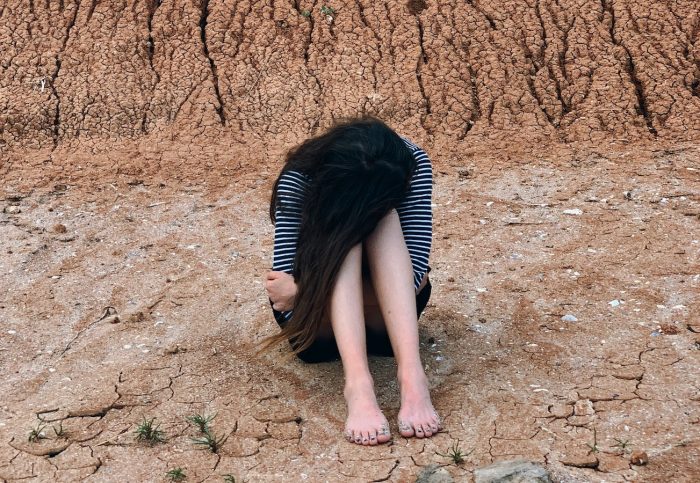“No one ever told me that grief felt so like fear.” ~ C.S. Lewis
We stood around the gravesite, newly dug and also newly covered in piles of brilliant, white snow.
This place seemed to have become a second home to us. The lone tree on the left with an old set of wind chimes endlessly tap-tap-tapping in the breeze, the cemetery stretching out on all sides—filthy with goose droppings but somehow empty of geese. And of course, the large stone monuments—like ours and unlike ours (only ours bore our son’s name, our children’s brother).
That day we had brought long-stemmed roses for him. We always brought something. And I always felt a mixture of hope, that other people might recognize that this person in the ground was still cared for when they saw our flowers there, and despair because the flowers would just die and blow away. They change nothing.
We huddled together to the left of the stone because that’s where he is actually buried, the farthest to the side of the four plots we had purchased, and my youngest daughter tossed the first rose down. Remarkably, to us anyway, it landed in the snow just so and stood straight up. It was a beautiful rose, fat and red, and it quivered there like an arrow that had effortlessly found its mark.
Back then, everything was a sign.
The lights flickered? It’s a sign.
A song came on the radio? It’s a sign.
A license plate had the number 25 wedged into a bunch of other numbers? Definitely a sign.
And the signs always meant the same thing: he was there. He was still there. And so it was with the rose. We laughed nervously, as we often did in those strange times, and looked around as if he might come marching toward us through the snow.
Of course, he didn’t.
My husband, never one to favor awkward silences, took exaggerated aim with his own rose as if it were a javelin, and he was an Olympian. He managed to land it next to the first—also perfectly upright. Suddenly the air was filled with roses, flying from our gloved hands all at once. Two dozen flowers were raining down upon the grave in an operatic flurry, all landing perfectly upright in the deep, white snow.
We gazed in wonder at the winter garden we had planted, a bed of crimson on the stark field, and then (who knows why) we dissolved into laughter. Real laughter. The children fell into the snow and rolled around, howling, shrieking, releasing shards of all the pain they carried inside, and it was like I could see those pain fragments fly up into the flat, grey sky, and finally evaporate. Obviously, there was still plenty of pain left behind, but that even a tiny piece could be released felt like somewhat of a miracle.
This is the season of grief. He died on December 11, so each fall, when the air darkens, and the leaves drop, we begin the inevitable countdown to that terrible anniversary. It begins slowly, possibly in a dream, a sense of doom, not yet attached to conscious thought, and then at some point, we all realize—oh.
And here we are again; it’s been 16 years now.
Before he died, I didn’t truly know what grief was, though I had grieved. I didn’t understand that to be human means to lose the things we love, over and over again—places, people, experiences. And that each time we lose these things—because they were so loved—we grieve.
In other words, we can’t have love without loss. This is a good thing to learn because then we can love harder; we can love better knowing the pain is coming anyway. And before it does, we need to suck out every drop of goodness from the things we cherish while we can.
When these terrible things happen, sometimes our job is just to survive. We are called to carry on and keep moving step-by-step through that bleak terrain, like an endless graveyard of the soul.
Because if we keep going, we realize it isn’t endless after all. And that one day, somehow, a new thing to love (that we will also lose) will materialize before us, and things will seem to make sense once again.
Until then, all we can do is keep throwing roses in the snow.

 Share on bsky
Share on bsky







Read 4 comments and reply